When compressed hydraulic fluid engages a piston face and attached rod, it generates linear force and motion greatly surpassing the initial input force. Pumps and cylinders of this nature create tens of tons of work force from even small hydraulic cylinders. For this reason, these hydraulic devices and the pistons essential to their operation are vital to productivity in a number of industries. Read More…
Aggressive Hydraulics is a leading manufacturer and designer of custom hydraulic cylinders. Since our founding in 2002 we have assembled a team of experienced professionals and talented engineers to assist us in creating the best hydraulic cylinders on the market. The component parts we offer include cylinder heads, end caps, mounts, pistons, ports, valve blocks, and other related accessories. To ...
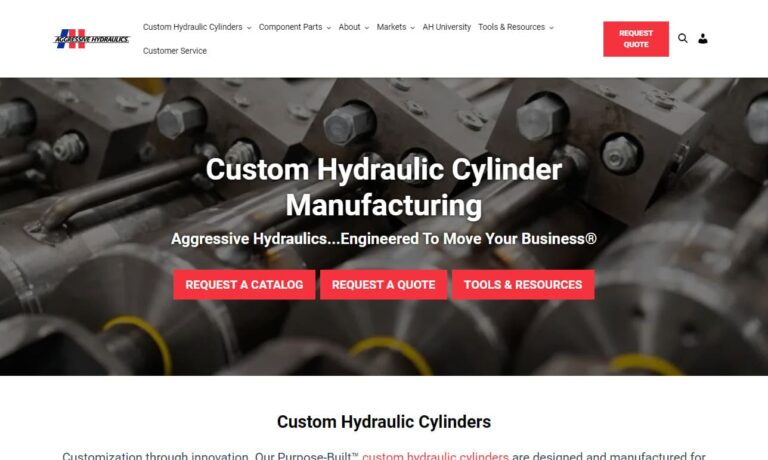
We are a leading supplier of hydraulic cylinders. If you need a heavy duty hydraulic cylinder then Columbus Hydraulic Cylinders can make exactly what you are looking for. All of our standard products come with an o-ring and two back-up rings and these items can be featured with piston u-cups, slipper seals, special compounds, chevron, steel rings and more if your application requires. Give us a...
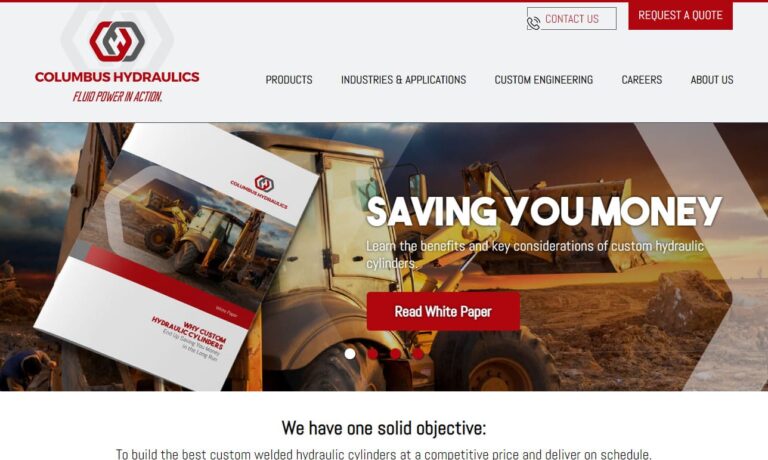
Phelps Industries specializes in hydraulic cylinders, heavy duty hydraulic cylinders, high pressure hydraulic cylinders, telescopic hydraulic cylinders and hydraulic cylinder repair. All our products have a comprehensive warranty program plus we provide top-quality technical service and support.
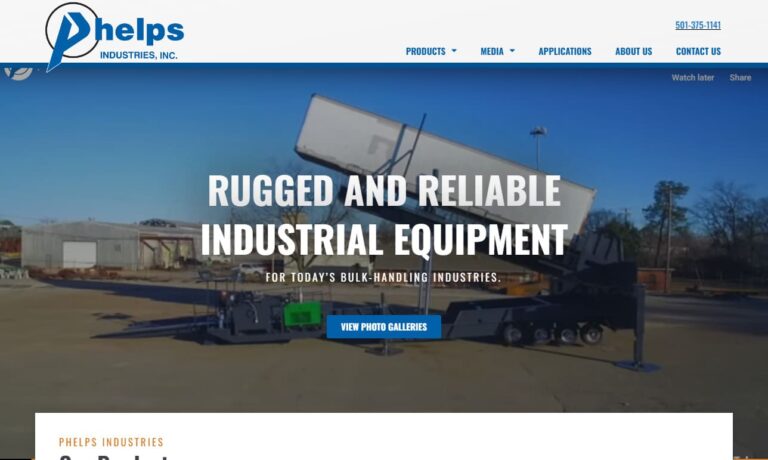
We are dedicated to serving customers in a global marketplace. Since our inception, we have been providing our customers with exceptional customer service and top of the line hydraulic cylinders that are built to last a lifetime. We have made it our goal to provide our customers with the technical assistance that they can count on to find solutions to all their problems, visit our website today...
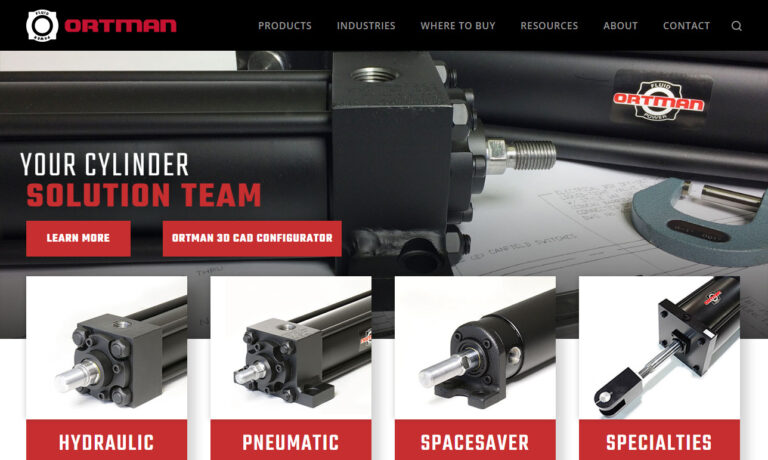
More Hydraulic Piston Manufacturers
Hydraulic pistons are common in agriculture, construction, military, machining, automotive, oil and gas, aerospace and robotics industries among others. In these applications the hydraulic pistons are designed to lift, turn, tilt, press, steer, pull and push heavy machine components and any attached loads. While the pistons and attached rods offer only linear motion, fittings attached to the exposed end of the rod allow for angular motion as well. With this heightened applicability, these mechanisms are found in such varied equipment as elevators, excavators, robotic arms, power steering, brakes, jacks and more.
Hydraulic pistons are composed of three main parts. The body, or face of the piston, is the cylindrical disc that fits precisely in the cross section of the cylinder barrel. Attached to the piston is the piston rod. This is the element that is housed partially within the barrel, but extends beyond the cylinder where the opposite end is attached to the machine components and work loads to be set into motion. The third and final component is the seal. There are actually several seals around both the piston face and rod.
The outer circumference of the piston is often machined with grooves where elastomeric or metal seals are placed. Seals, made of graphite, nitrile rubber, viton and other high temperature polymers, are also found around the cylinder head where the rod moves in and out of the barrel. These seals ensure that pressurized hydraulic fluids will not leak into, out of or from one compartment to another as this would cause a loss of pressure resulting in decreased functionality and productivity.
To further protect against leaks, all components of the hydraulic piston must be compatible with the specific fluid in use. Mineral, oil, ether or water composites are the most common solutions. Durable metals are often used to create the piston face and rod which must also withstand the wear of continued use and the friction inherent in movement.
Bronze, brass, steel, stainless steel, iron and nickel alloys are common materials. The cold-rolled rods are often chrome-plated for further protection before being attached to the piston body via threading or welding. Durable ceramics such as silicon carbide and alumina are sometimes used as well.

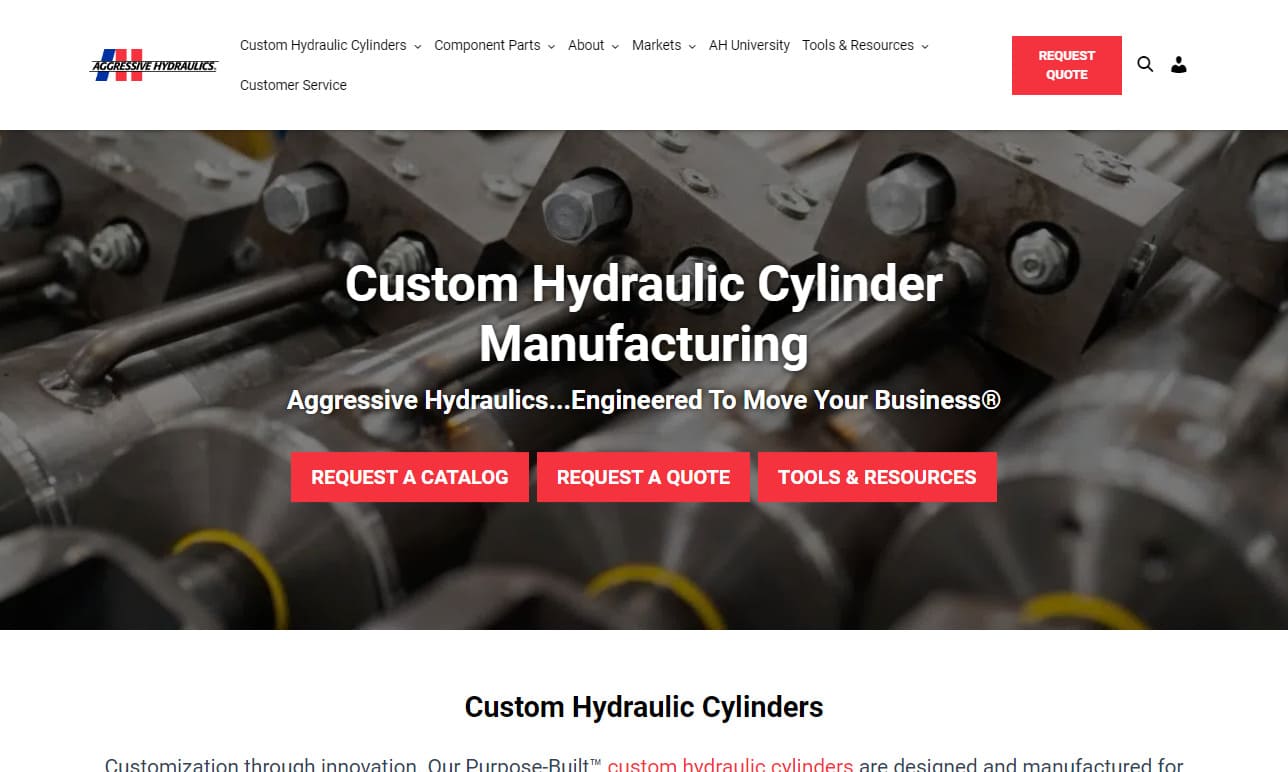
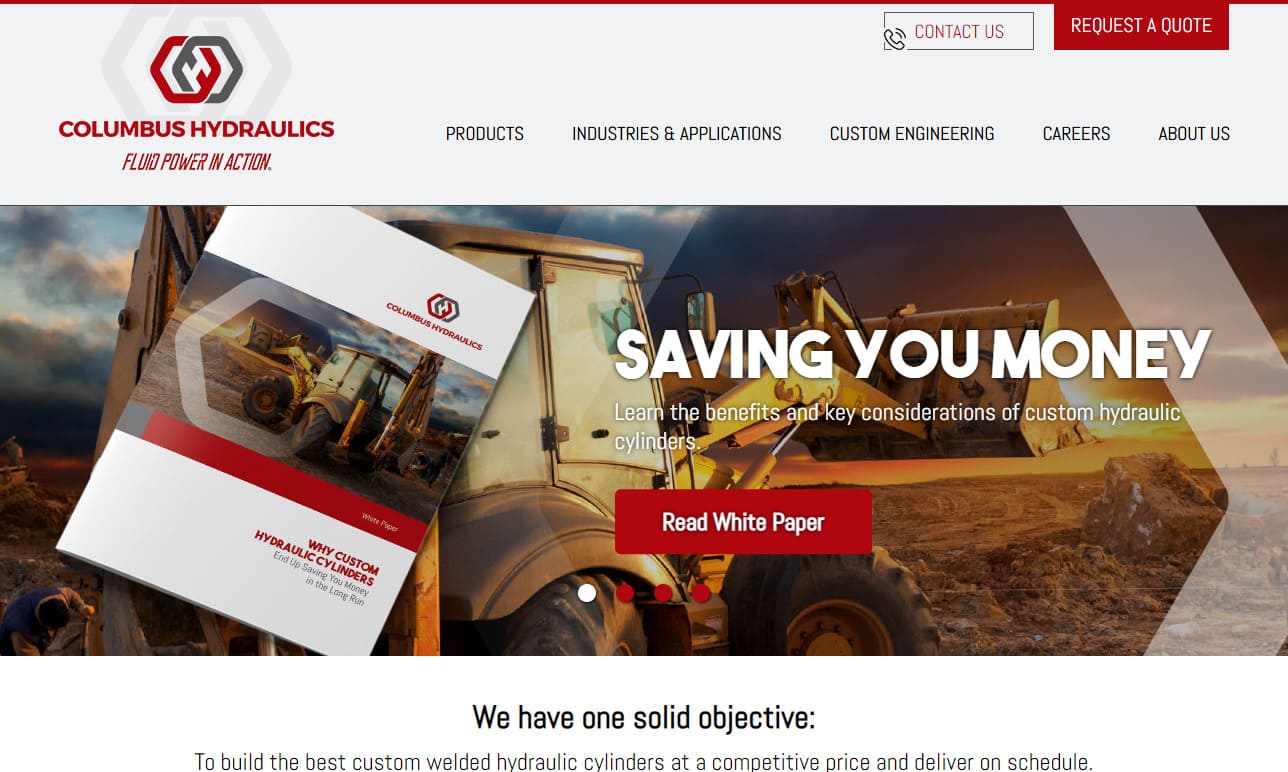
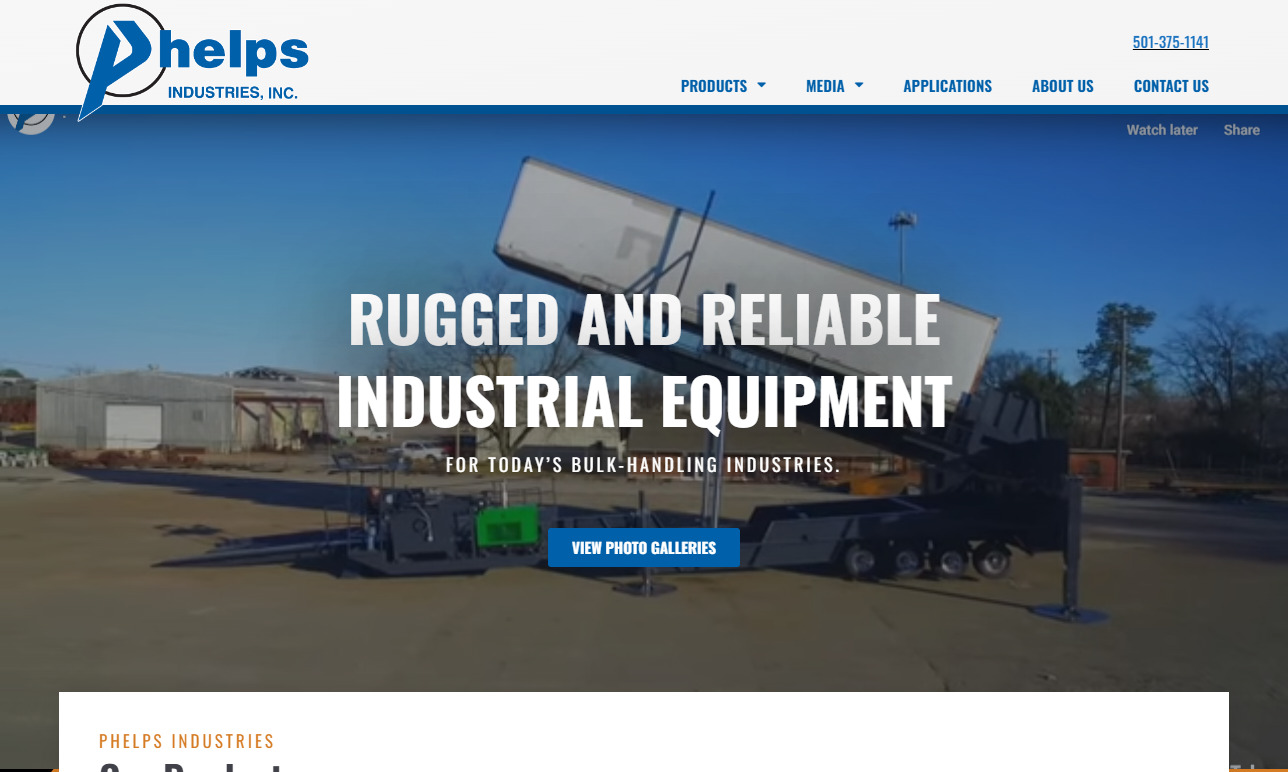
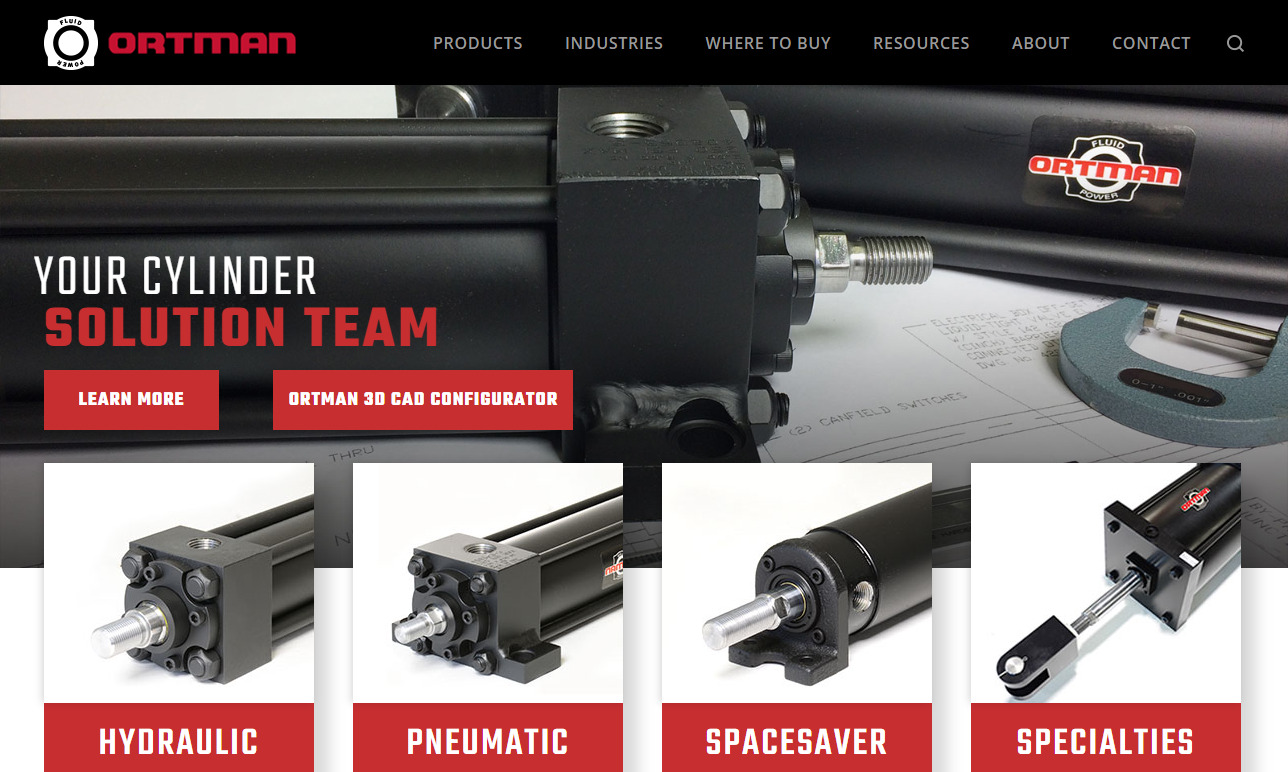
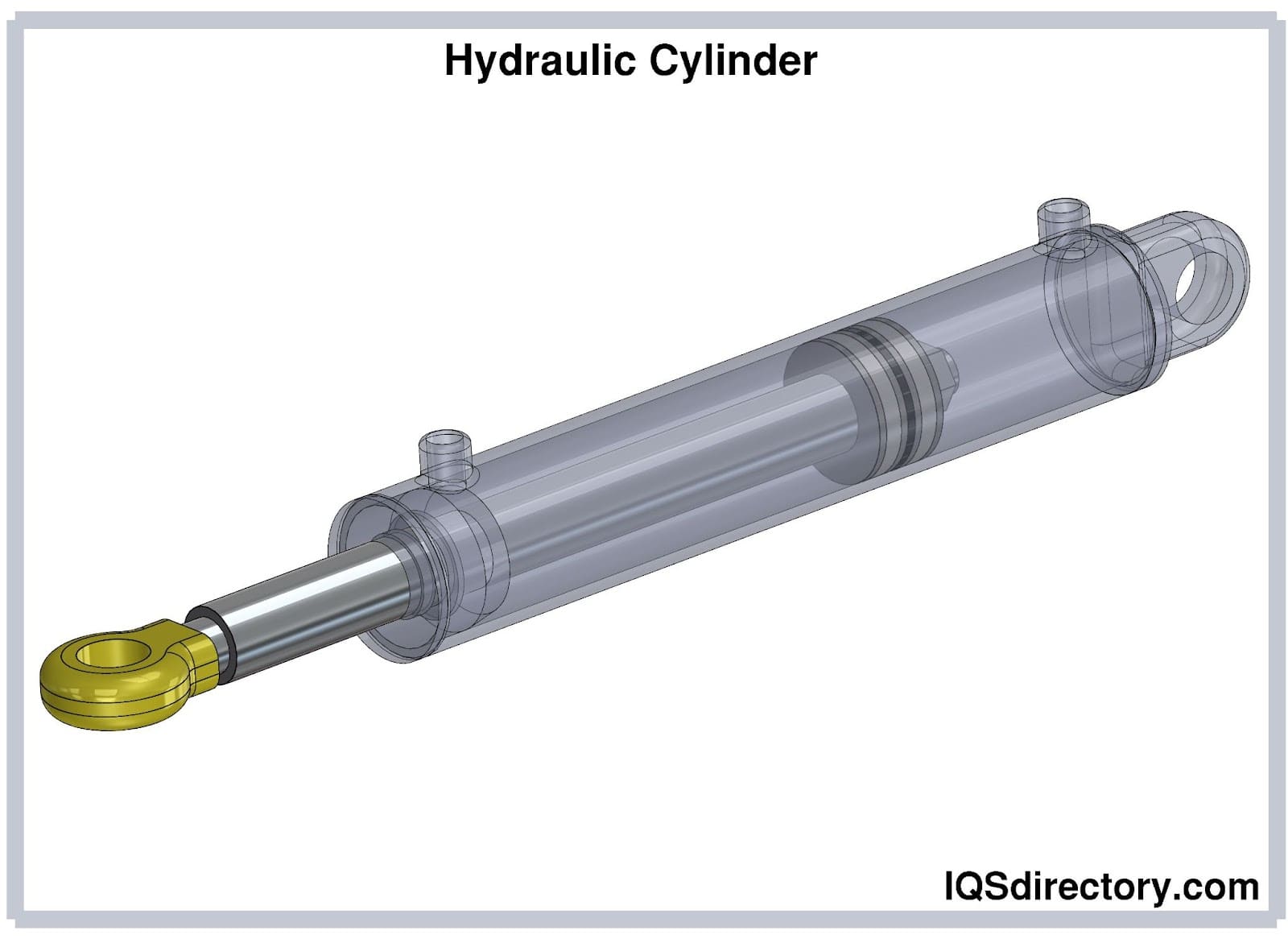
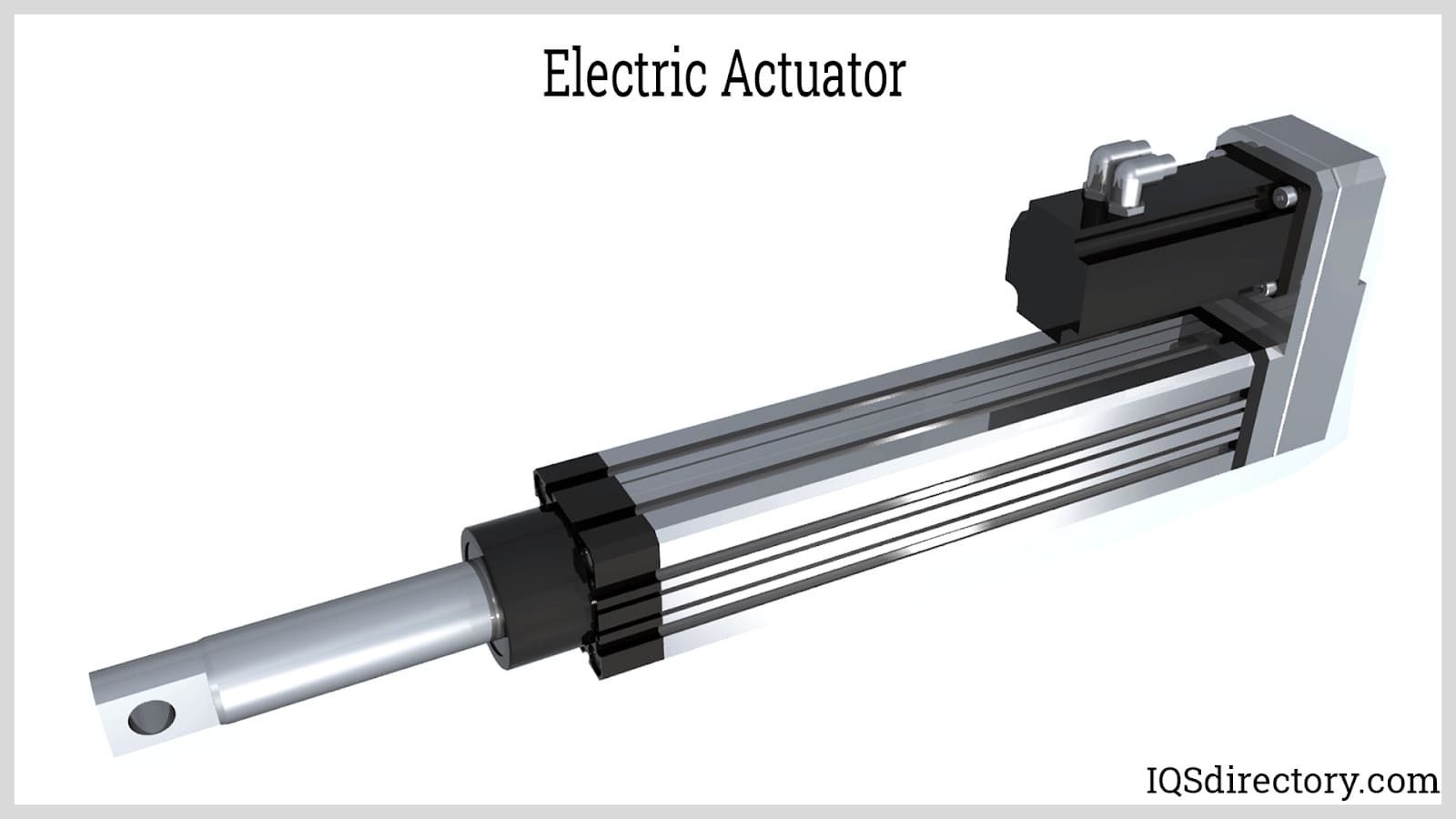
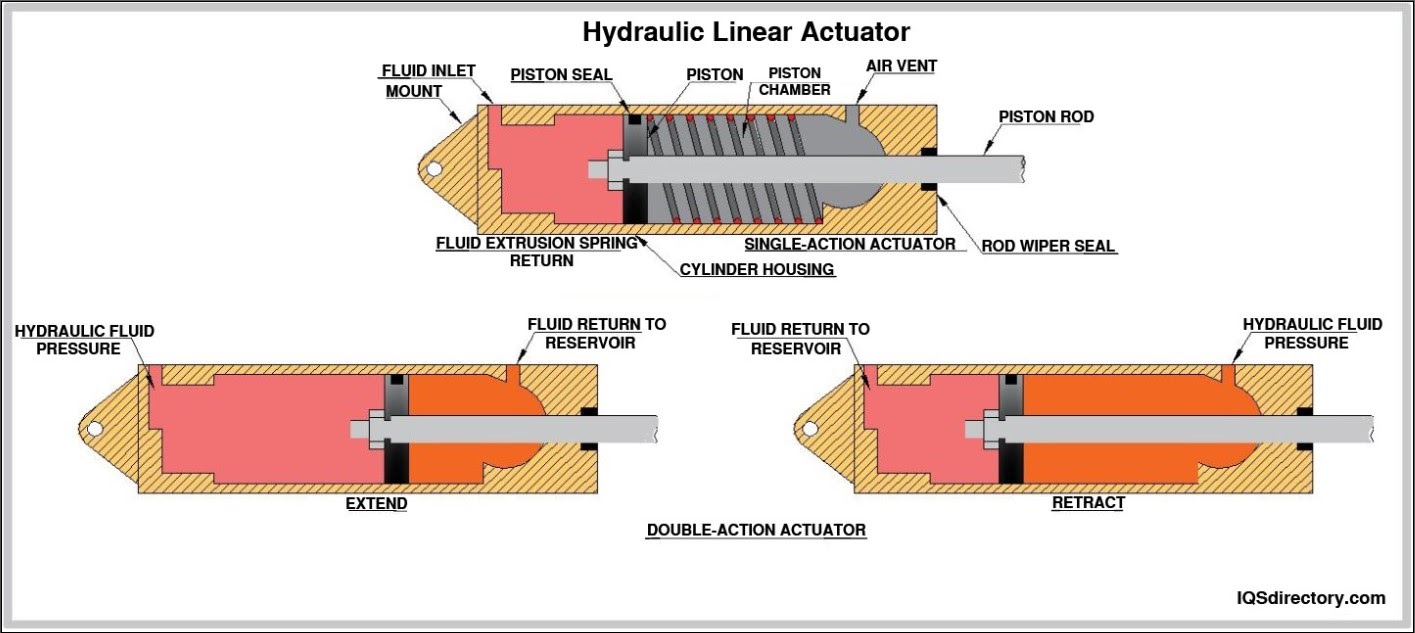
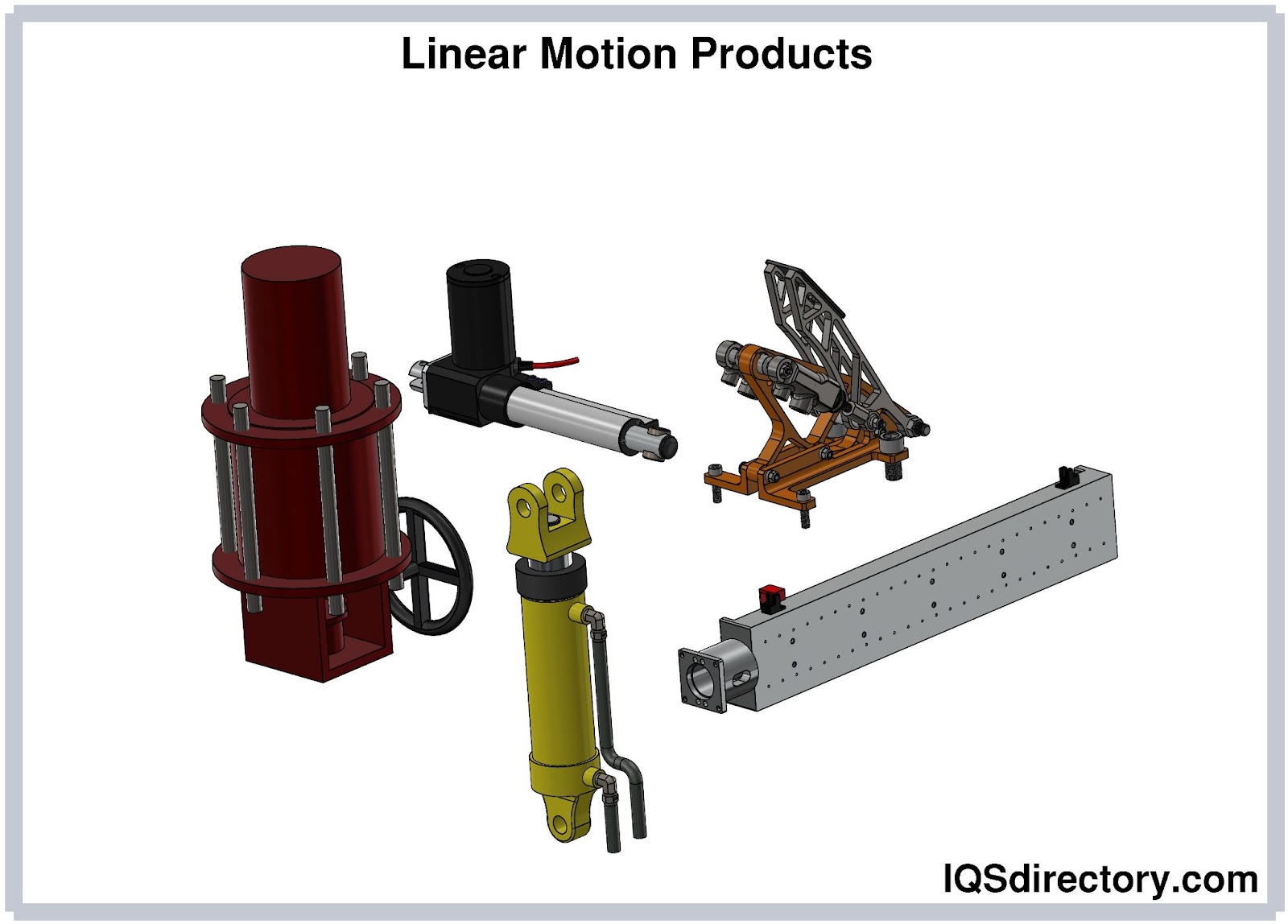
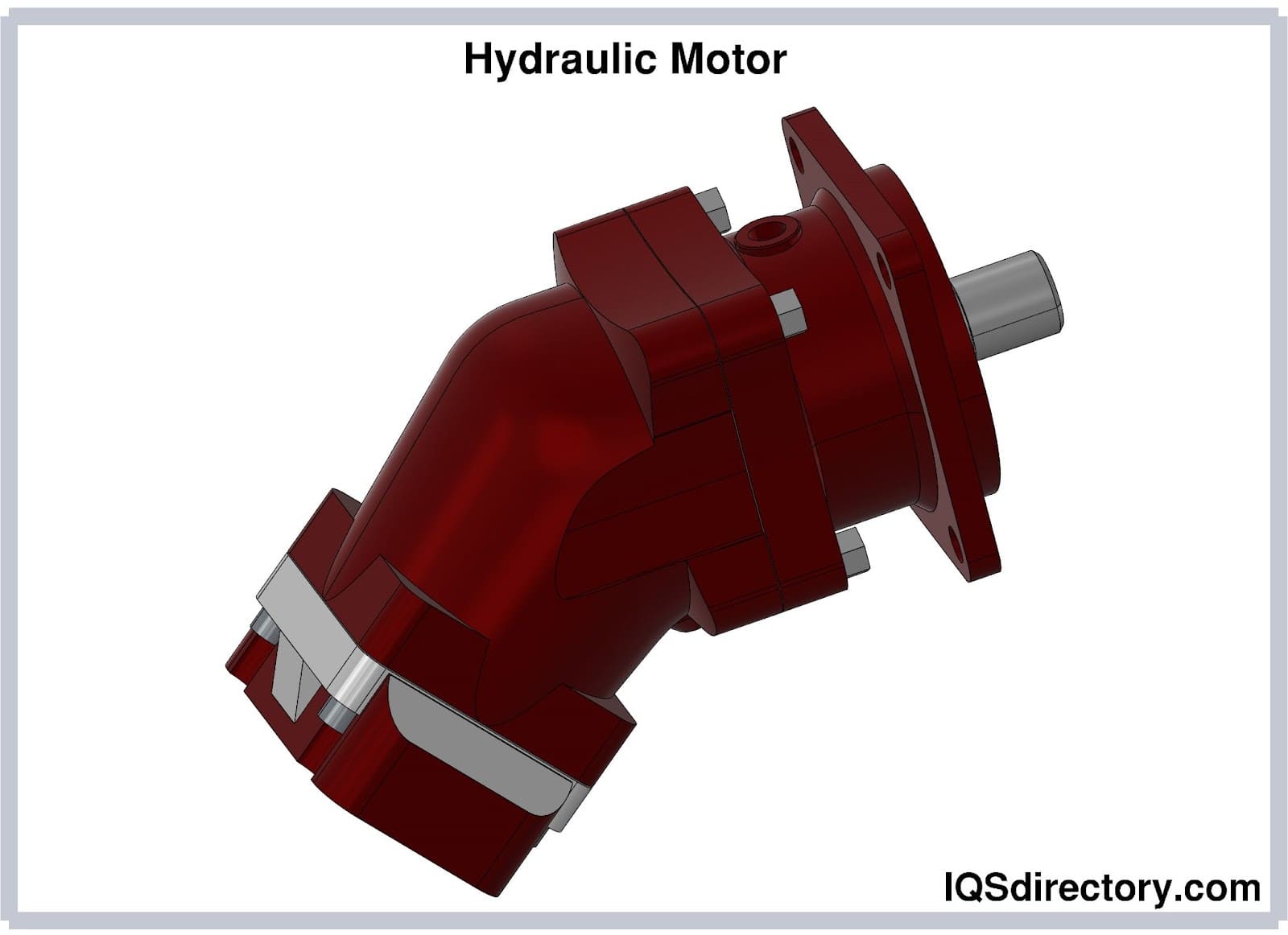
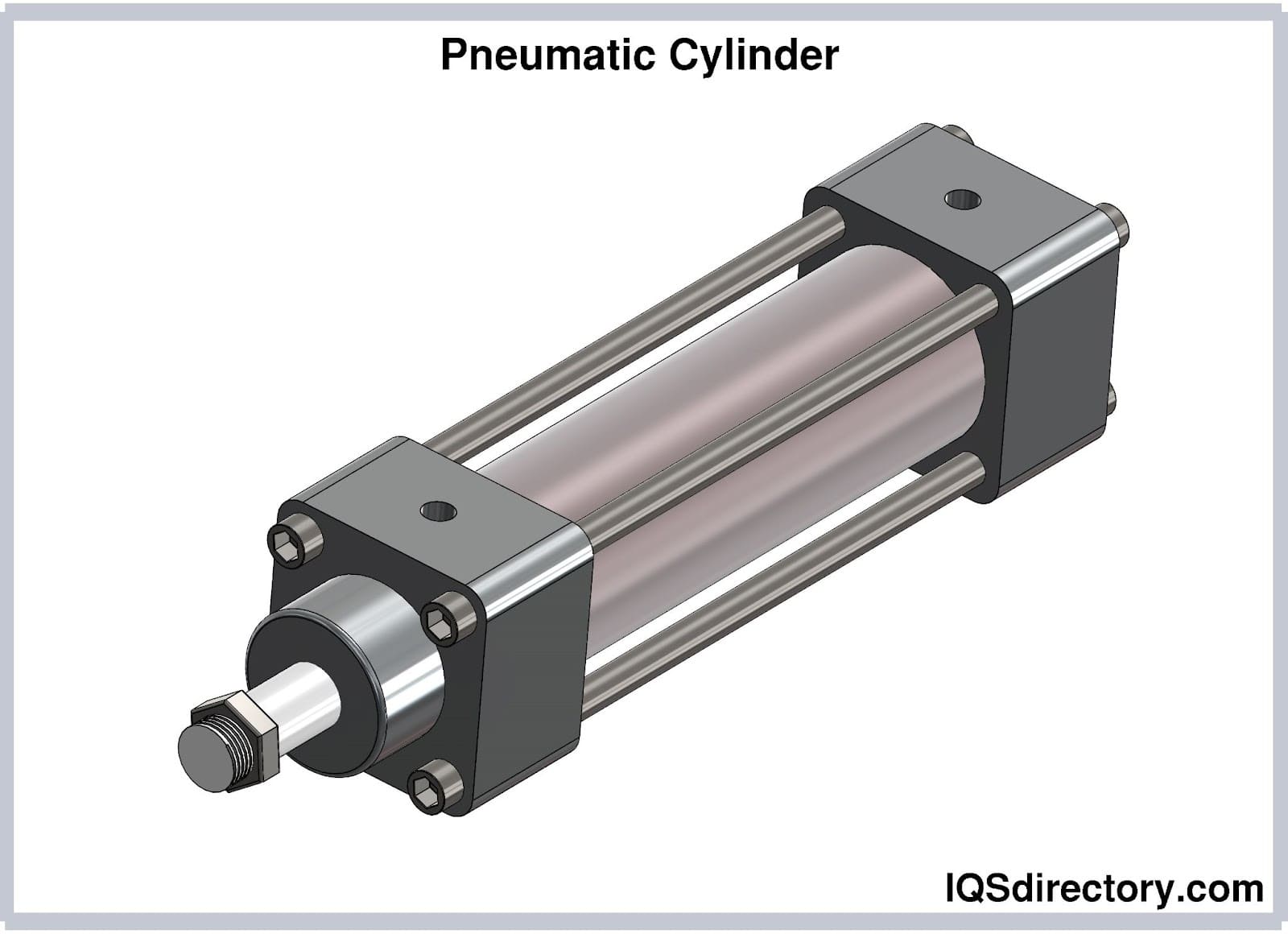
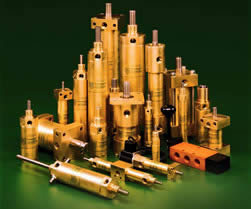 Hydraulic Cylinders
Hydraulic Cylinders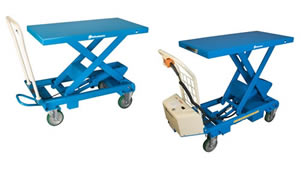 Hydraulic Lifts
Hydraulic Lifts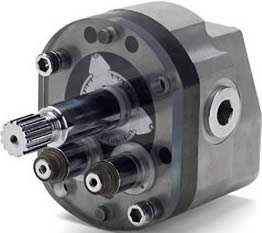 Hydraulic Motors
Hydraulic Motors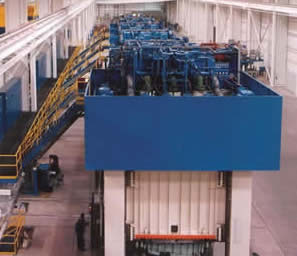 Hydraulic Presses
Hydraulic Presses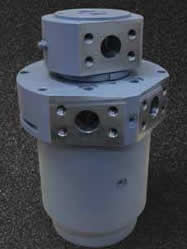 Hydraulic Pumps
Hydraulic Pumps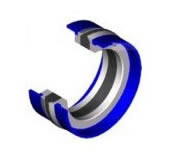 Hydraulic Seals
Hydraulic Seals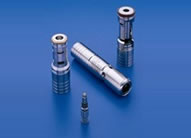 Hydraulic Valves
Hydraulic Valves Castings & Forgings
Castings & Forgings Bulk Material Handling
Bulk Material Handling Electrical & Electronic Components
Electrical & Electronic Components Flow Instrumentation
Flow Instrumentation Hardware
Hardware Material Handling Equipment
Material Handling Equipment Metal Cutting Services
Metal Cutting Services Metal Forming Services
Metal Forming Services Metal Suppliers
Metal Suppliers Motion Control Products
Motion Control Products Plant & Facility Equipment
Plant & Facility Equipment Plant & Facility Supplies
Plant & Facility Supplies Plastic Molding Processes
Plastic Molding Processes Pumps & Valves
Pumps & Valves Recycling Equipment
Recycling Equipment Rubber Products & Services
Rubber Products & Services